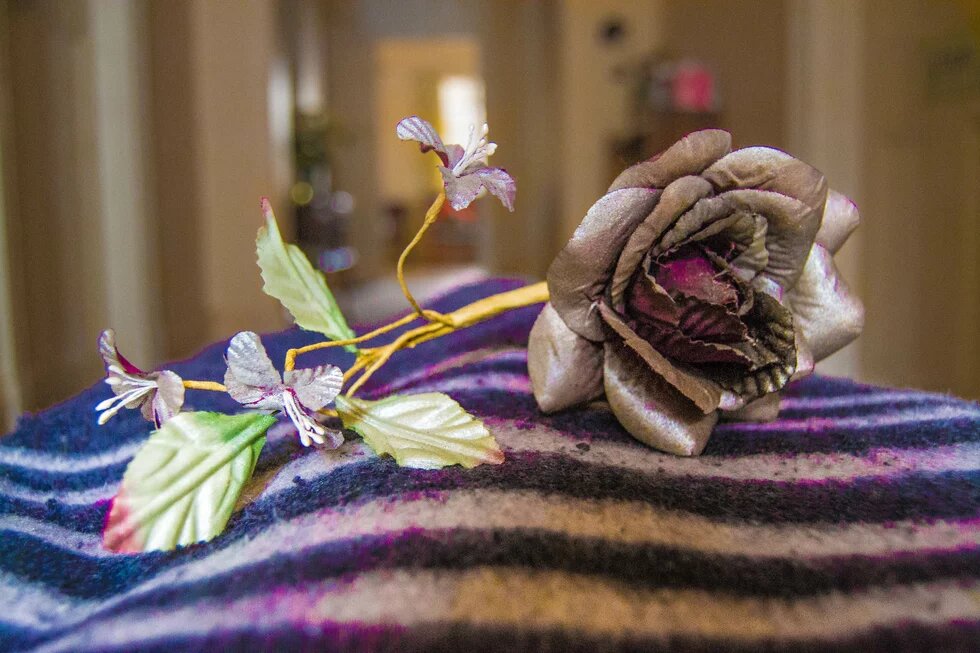While February is widely regarded as the month of love, statistics suggest that for this month alone approximately 84 women may be murdered by someone they loved (once). Lead SA recently published this opinion piece in relation to the HBF and NSM study on shelters.

While February is widely regarded as the month of love, statistics suggest that for this month alone approximately 84 women may be murdered by someone they loved (once). These statistics come from research undertaken by the Medical Research Council, which found that three women die every day in South Africa at the hands of an intimate partner.
It is interesting then, that recent research reveals that shelters are an effective strategy to the prevention of intimate partner violence, with less than a quarter of women returning to an abusive partner.
The two reports, released on Valentine’s Day – which form part of the National Shelter Movement of South Africa (NSM) and the Heinrich Böll Foundation’s (HBF) EU-funded project, “Enhancing State Responsiveness to GBV: Paying the True Costs” – also found that serious funding gaps, which are a State responsibility, significantly undermines the efforts of shelters.
With most of the women seeking shelter being under the age of 35, with limited education, lack of employment and limited to no source of income, often with serious psychosocial, health, and legal support needs – shouldn’t we be spending more on these critical crisis interventions which help get these women on their feet?
It is therefore, impossible to still expect shelter staff to find time to cover funding shortfalls, while still expected to deliver services. Are we not expecting too much from them and too little from government?
The Domestic Violence Act (1998), as well as the corresponding National Instructions (7/1999) to the police, clearly asserts the rights of victims to access shelters, but the problem is the lack of legislative framework. This does not stipulate whose statutory duty it is to provide for and fund these shelters, resulting in haphazard and inadequate resourcing throughout the country.
Shelters are funded under the Victim Empowerment Programme (VEP). NPOs working on VEP tend to be funded less than other NPOs providing services in other social welfare areas. Currently, VEP receives between 1 to 2% of Department of Social Development’s (DSD) overall budget and allocations to women’s shelters may range from 25% to 49% of this. However, this differs from province to province.
While government states that shelters are a ‘national priority,’ this is not evident, since DSD funding seldom meet shelters operational costs. During the research period of 2015/2016, funding from the department ranged from about R50 to R63 per person per day – to cater for food, school-related costs, transport, healthcare, and toiletries. In 2016/2017, these amounts only rose by R1 - R4.
We hope to see a clearer commitment to the protection and empowerment of our country’s women and abuse survivors than previously seen. As it stands, shelters do not have sufficient resources to meet the legitimate needs of women and children accessing their services and do not seem to be the ‘national priority’ as government claims it to be.
----
This article was originally published by LEAD SA on the 23rd of February and can be accessed via http://www.leadsa.co.za/articles/293218/study-shows-how-shelters-save-w…. A similar article was published by the Randontein Herald and can be accessed via https://randfonteinherald.co.za/269675/shocking-study-violence-sas-women/